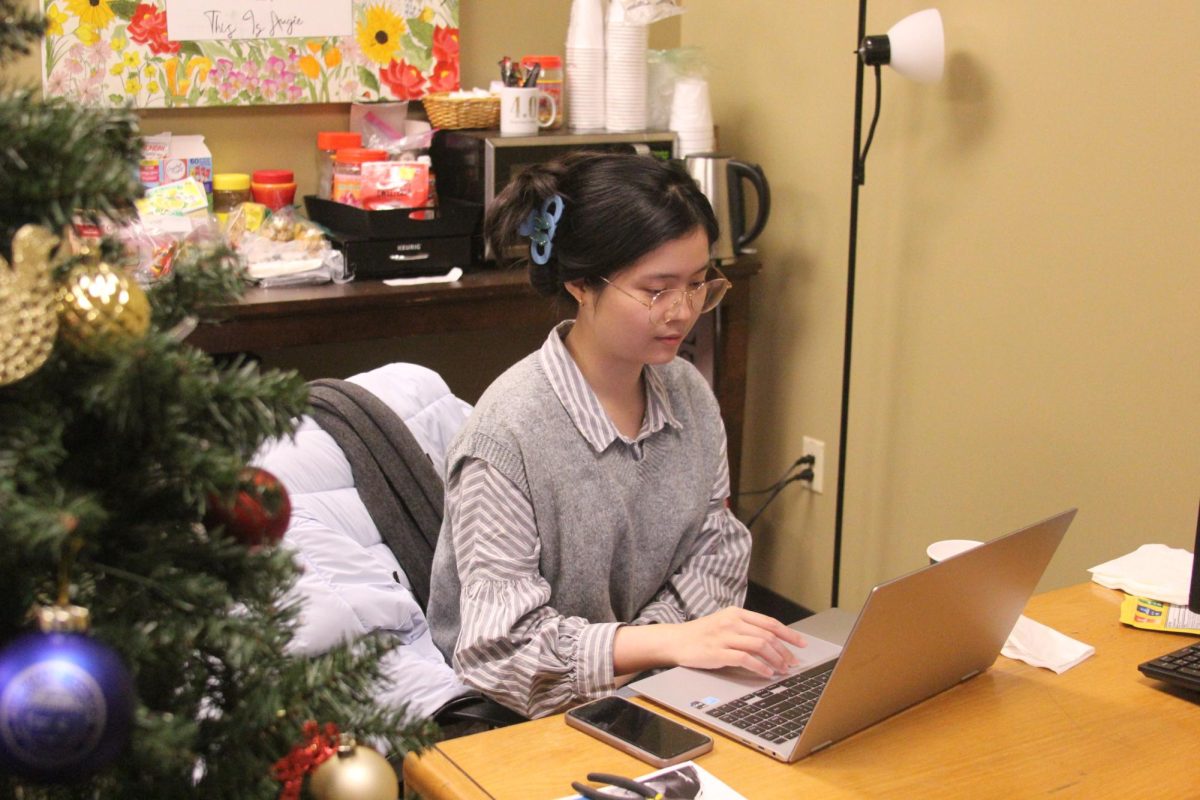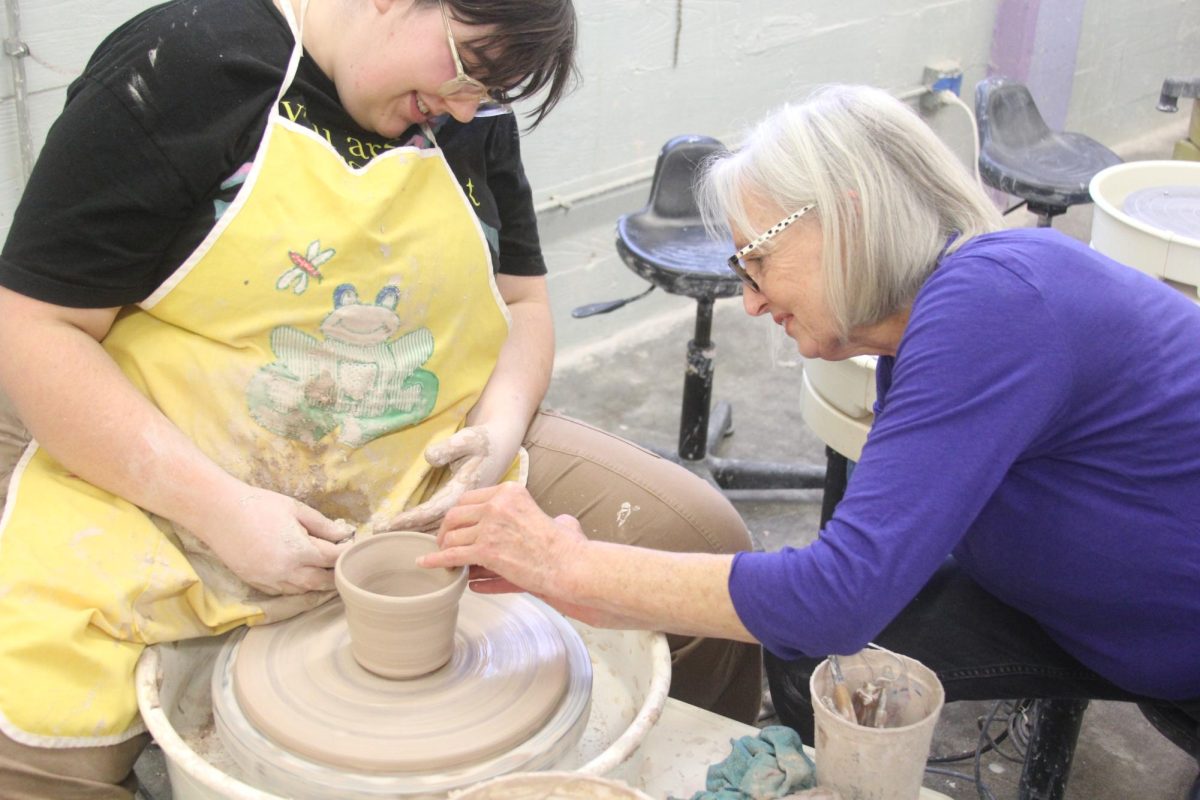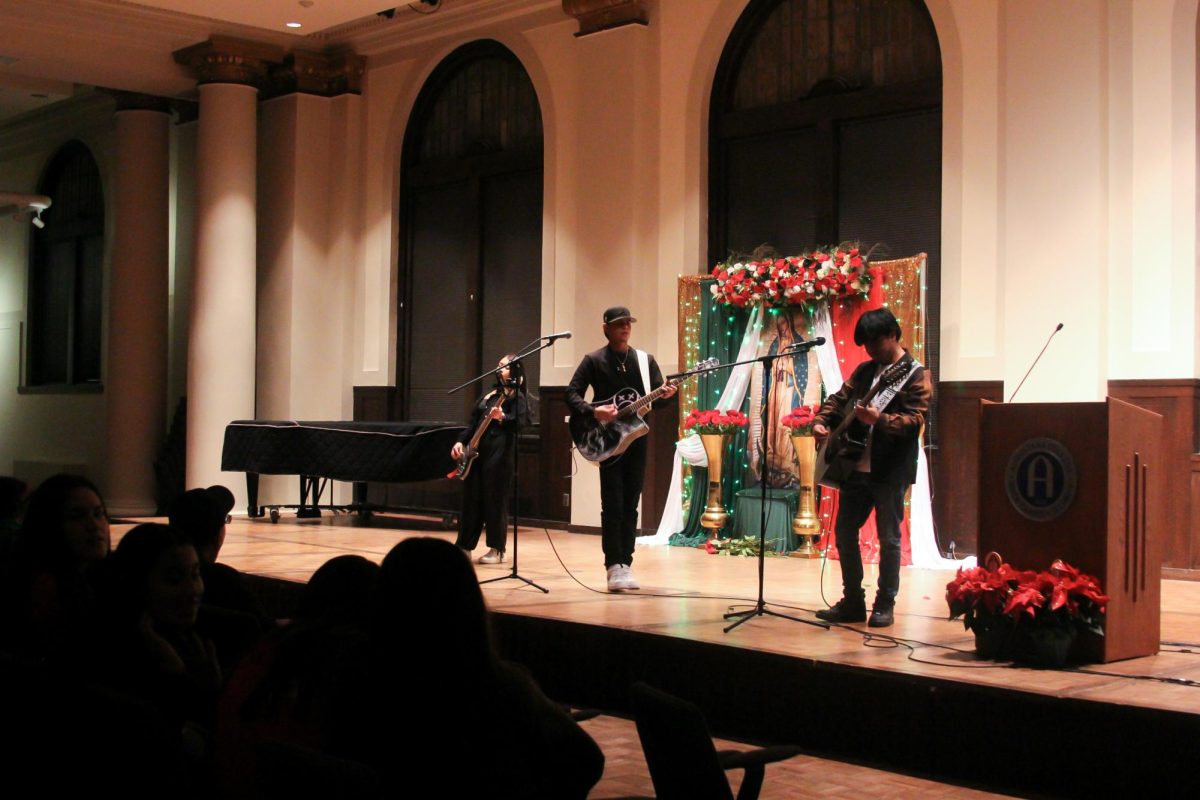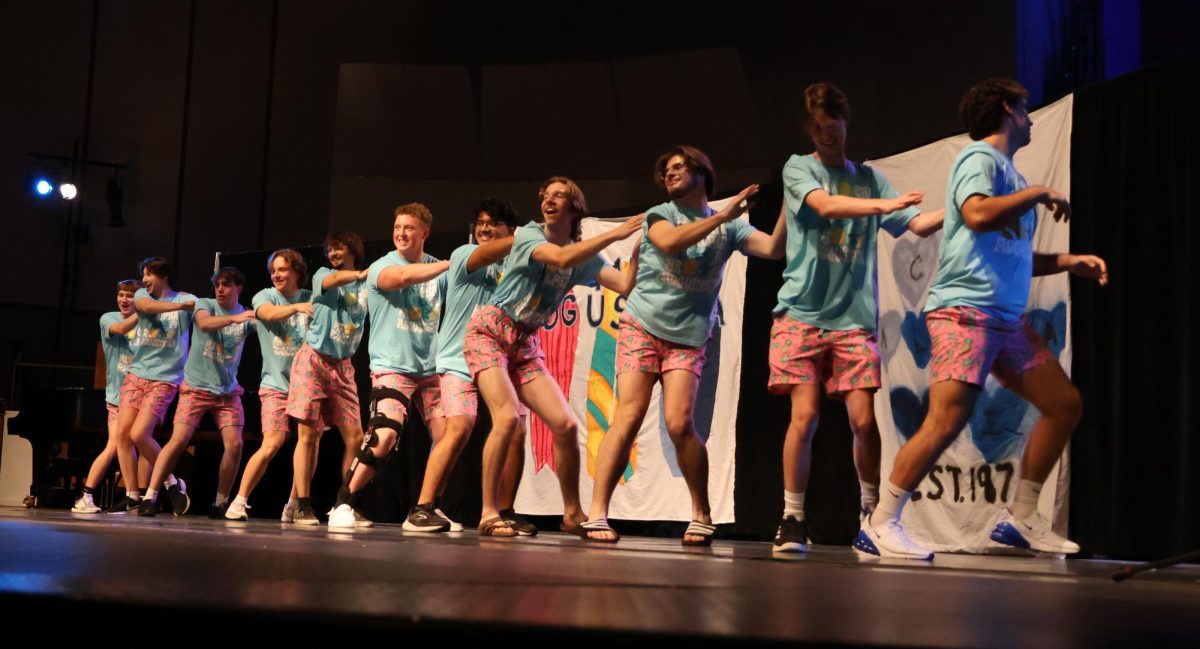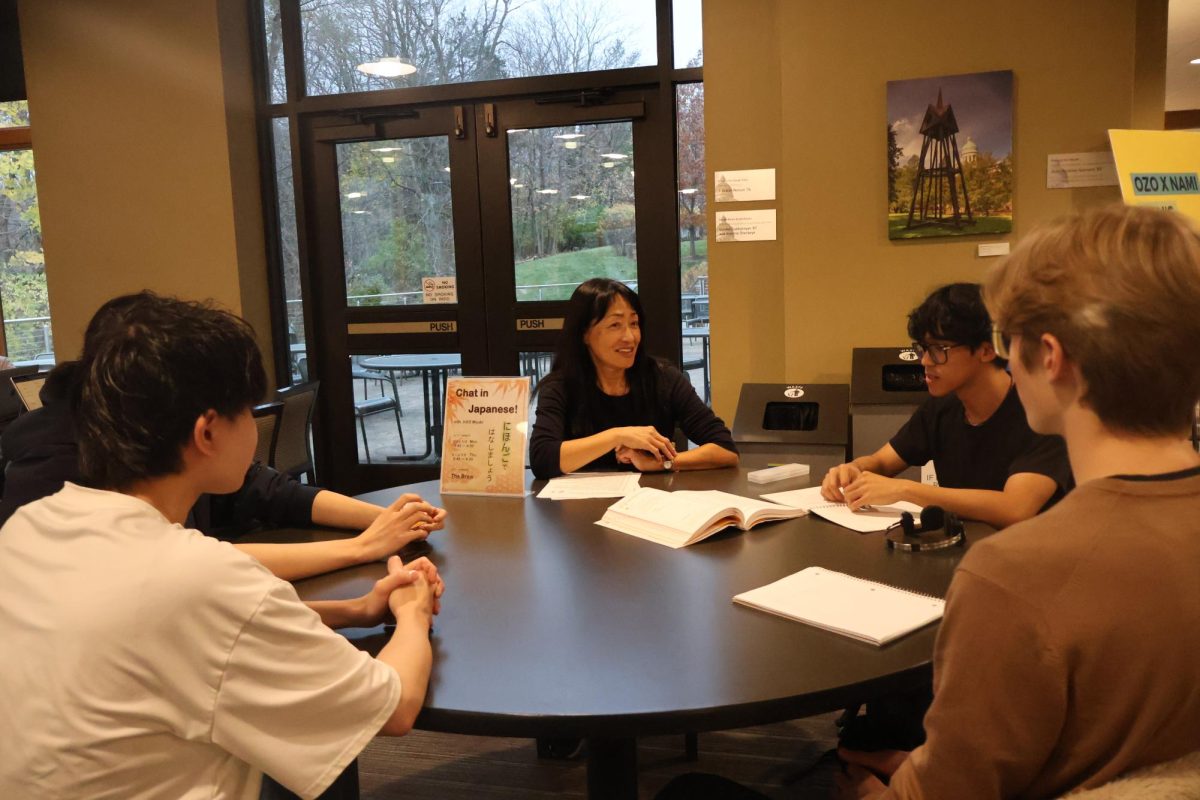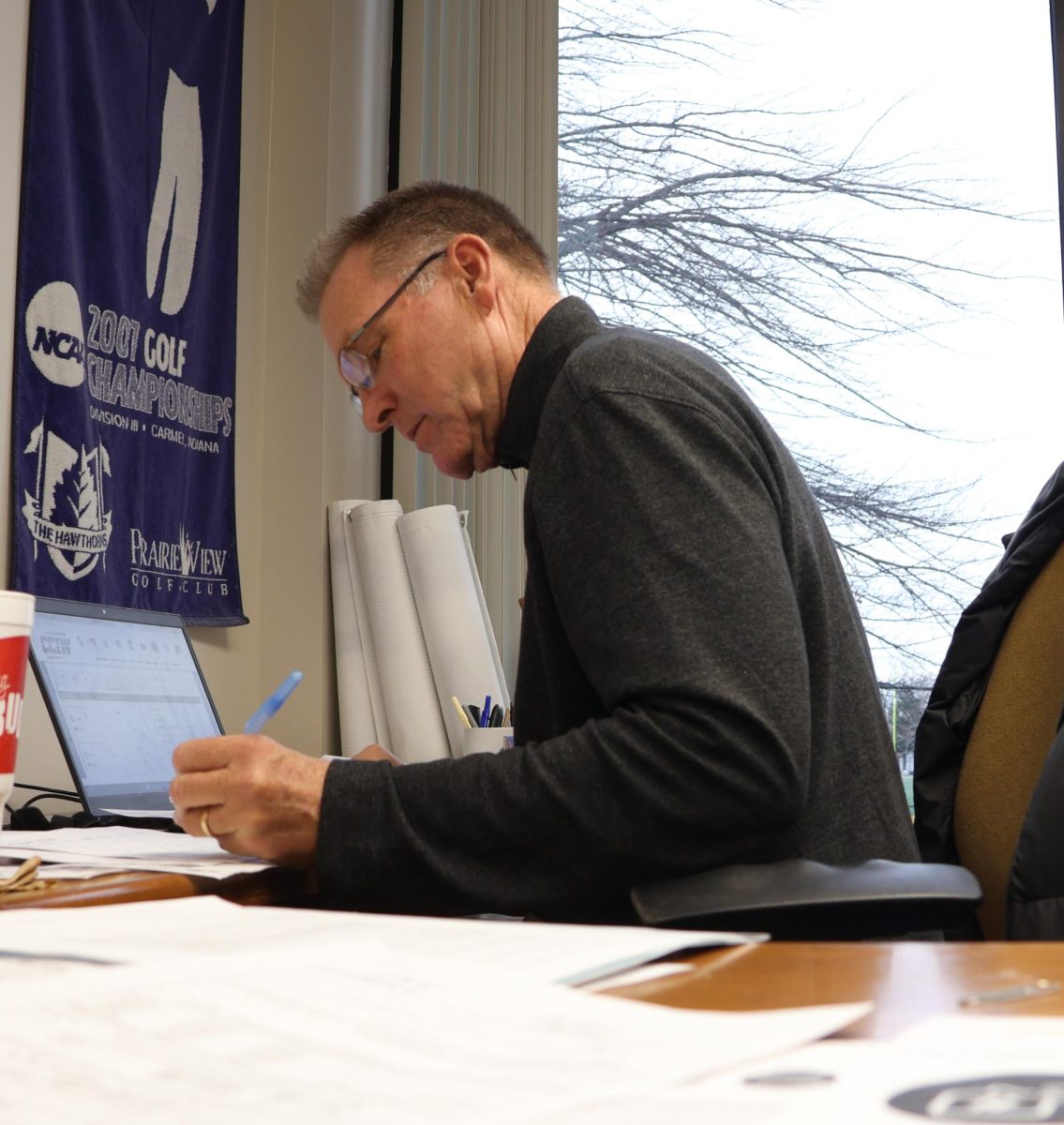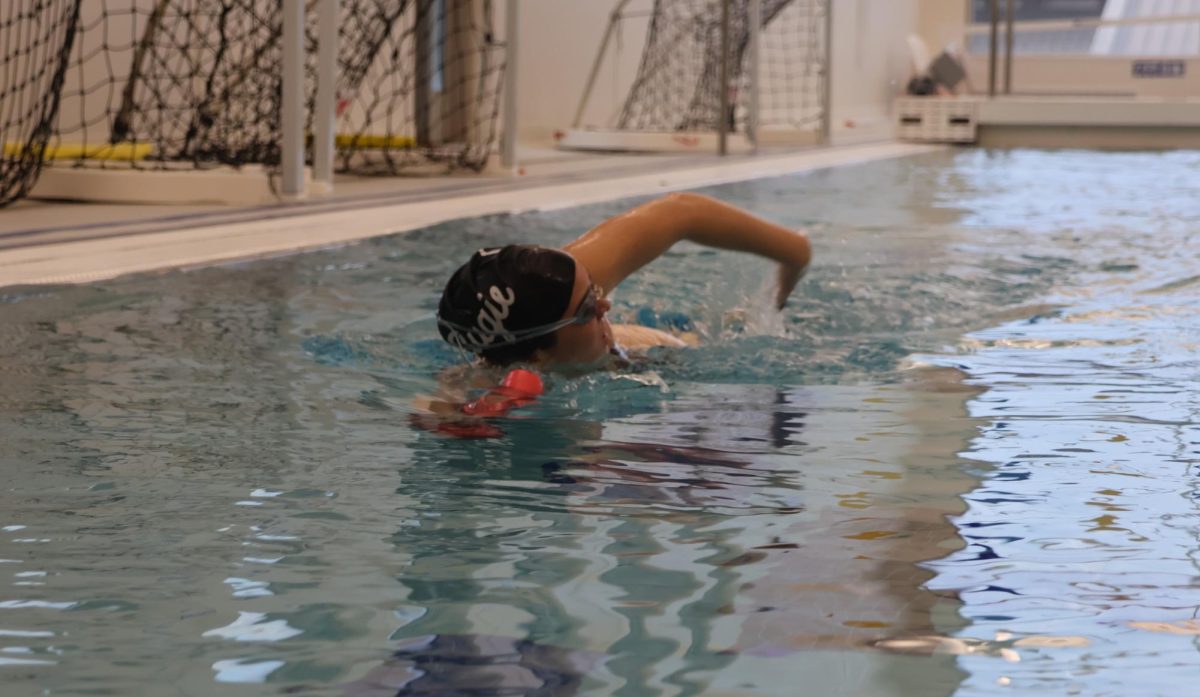Augustana College has 28 varsity sports teams, each of which require funding in order to operate throughout the year. Budgeting for athletics is a constantly revolving process that tries to best cater to the needs of different programs.
Distribution of these funds is a collaborative process between administrative and athletic departments, financial offices and coaches. Funding for athletic programs comes primarily from three sources: the school, donations and fundraising.
“We have budget lines for different operations within the athletic departments, so we’ve got athletic training, sports information and the laundry operation,” Mike Zapolski, director of athletics, said. “We also have what I would term a generic men’s athletics and women’s athletics that captures a lot of expenses that are not affiliated specifically with the program, so a lot of our salaries are paid out of that.”
“We have the overall athletic budget broken down into many smaller parts. Basically, each of our teams has their own individual operating budget. Each of our teams also has their own fundraising budget,” Zapolski said.
Aside from the school’s financing, Augustana athletics can receive funding from outside donors. These donors can make donations directly to specific teams or facilities, but donors can also make general donations.
Kyle Eckberg, the assistant director of advancement, intercollegiate athletics fundraising and alumni relations, spoke with the Observer about the process.
“There are a lot of times that money comes in and it’s not specified to a team. So, we call that our general fund, or unrestricted. That money can go anywhere, so that’s really for the athletic director to decide, and I can do that a little bit too, because I’m aware of needs and how we could allocate certain things,” Ekberg said. “But typically, we were able to sit down and look at all the needs, and to kind of prioritize them: what’s more important, who could use this better now, who hasn’t gotten anything in a while, that sort of thing.”
Prioritizing needs within athletic programs changes all the time. These needs are dependent on team characteristics such as roster size, traveling, required equipment, game officials and now, COVID-19-related precautions.
“There’s always going to be priorities, there’s always going to be stuff we could spend it on, so it’s about prioritizing which ones are more important now, and which ones are going to be most effective,” Ekberg said.
Donations are a part of funding that come directly from those who want to give to the Augustana community, and Ekberg helps in facilitating this relationship.
“Keeping them connected, making sure that they are feeling actively connected to the college and that they know them, will hopefully generate good feelings towards the program that they want to support,” Ekberg said. “So I work with a huge group there. There are tens of thousands of people that I could interact with, but the ones I’m really, really focusing on are only a few hundred. So, it’s a big room.”
Costs have taken a shift this year during the COVID-19 pandemic. With limited and canceled travel among teams, there are some things that are no longer needed. However, there are now new costs for teams such as patterned testing. Kirk Anderson, chief financial officer and vice president of administration, is also involved in this process.
“There’s been fees that we haven’t had in the past that we now have, and that’s testing. We have to test students, and that could actually become more expensive,” Anderson said.
Categories:
How do sport teams get their funding?
November 9, 2020
0
Tags:
More to Discover


